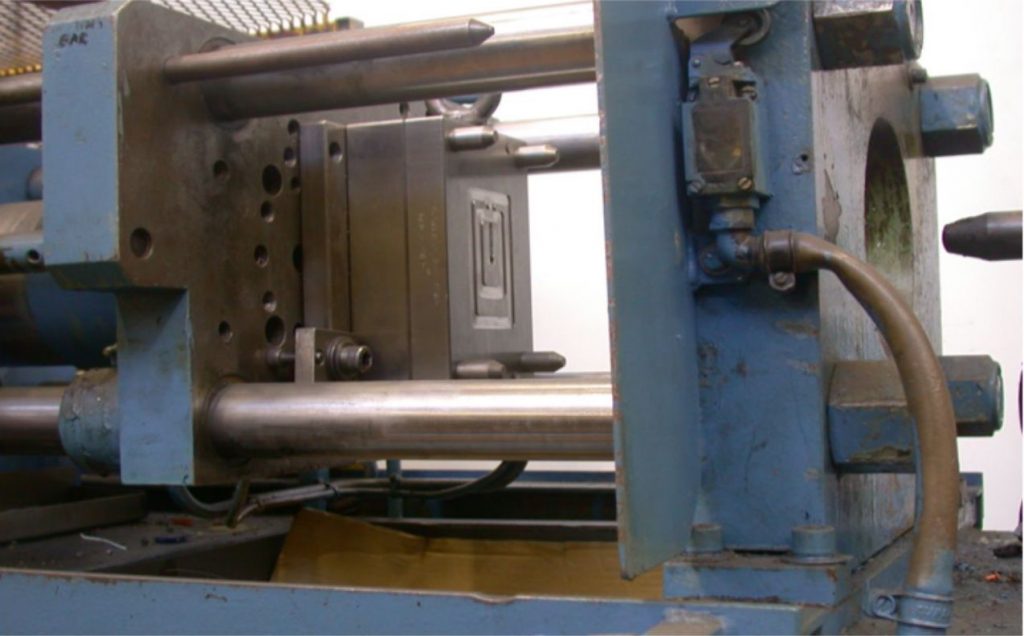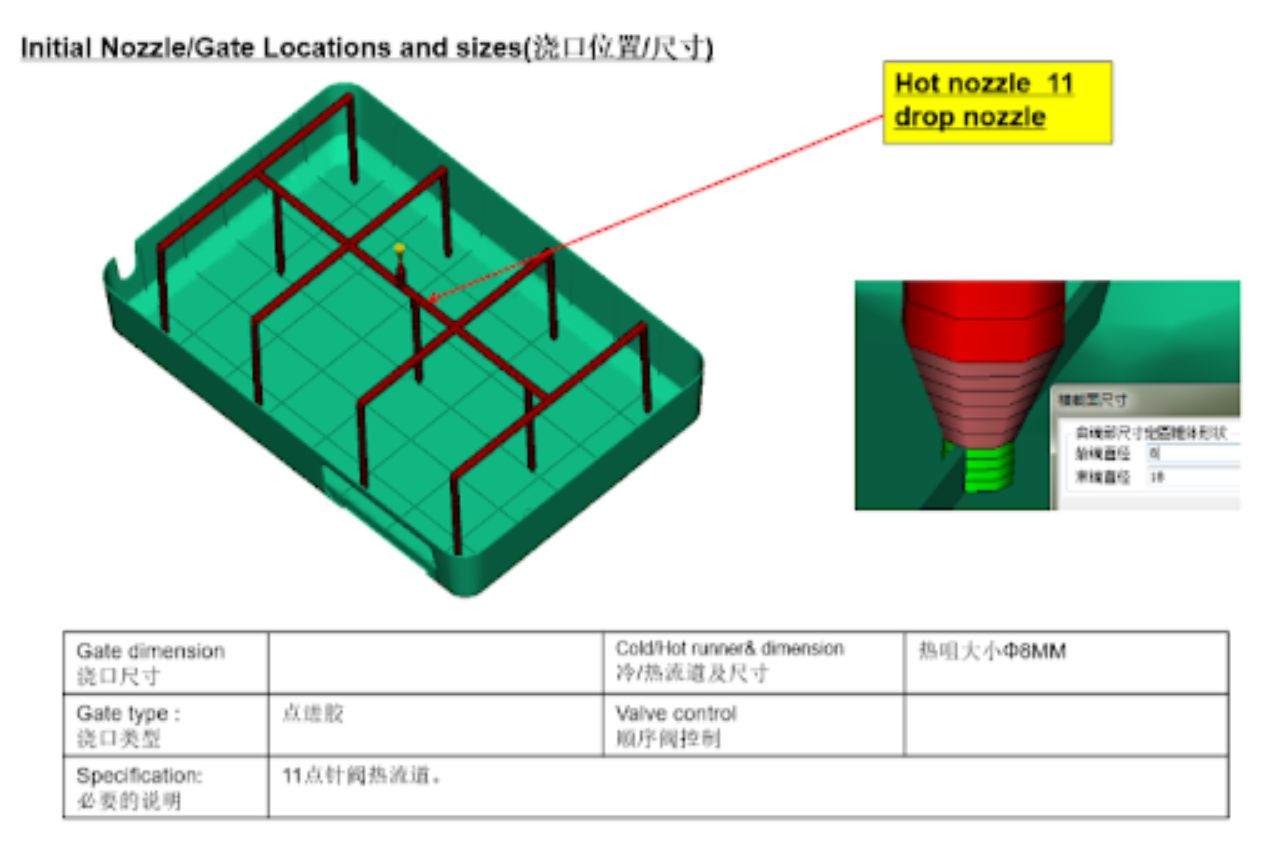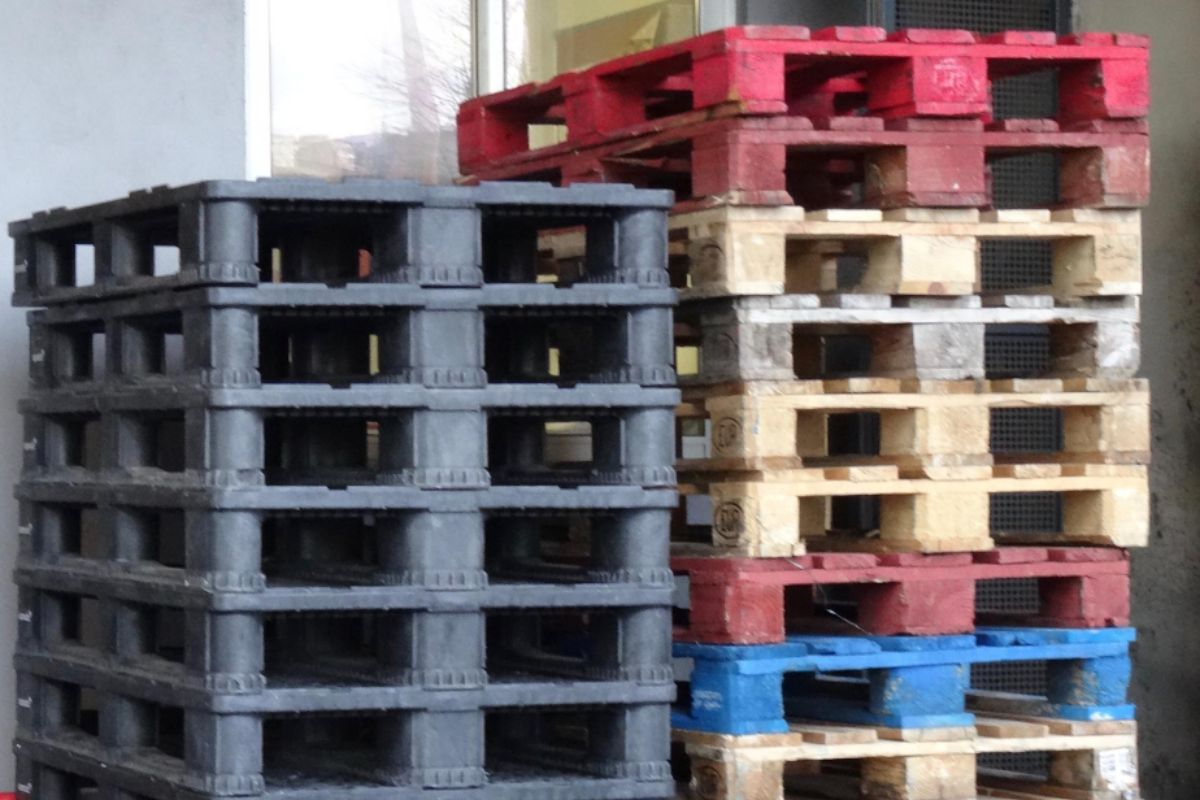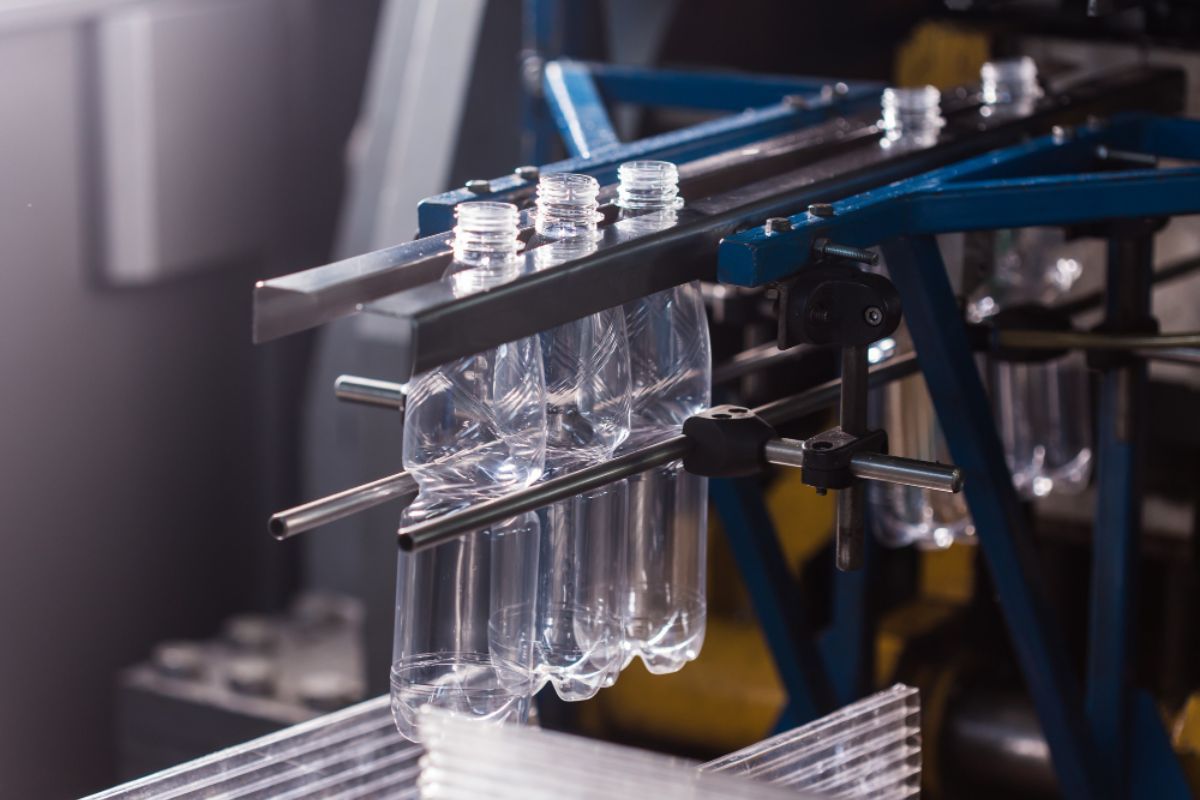What are the benefits of a hot runner mold?
- Minimal Waste
- Fast Cycle Time
- Less Defects
- Cost-Effective
- Versatile Design
The idea of injection molding is to eliminate the use of runners. These are the components that allow the molten resin to flow from the feed hopper and into the different mold cavities. Oftentimes in cold runner molds, the runners tend to solidify, meaning they still have to be manually cut from the molded product after it has been ejected from the system. Manufacturers have long been looking into the many benefits of a hot runner mold as a way of generating more savings and practical outcomes for the injection molding process.
There are many advantages to a hot runner system. Because it eliminates the need for runners, it produces less waste and is more cost-efficient. The dimensions and surfaces of the final product are also more uniform and a single lead time is considerably faster compared to a cold runner system. Read on to find out more.
Minimal Waste
As mentioned before, one of the advantages of a hot runner mold, or a hot runner system, is that the injection molding machine would no longer have to rely on runners. In the traditional cold injection molding process, molten plastic flows through the nozzles, sprues, and the gates even before it reaches the cavities of the molding plate.
While this technique is fine in many instances, the material is not consistently heated. This may lead to higher internal stresses on the product, and would also require the manufacturers to separate the runners from the parting line of the mold.
On the other hand, since a hot runner system no longer requires this extra component, it produces much less waste. This is more practical, since there is no solidified resin waste that would have to be reintroduced back into another injection molding cycle.
Fast Cycle Time
Due to the absence of runners, a single cycle time or lead time for a hot runner mold/system is much shorter. This enables manufacturers to become more productive with their processes.
For example, injection molding machine operators would no longer have to do other secondary and post-production processes that would take up much of their time. Reworking the final product, shearing the runners off, and recycling the runner are all complex activities that require high-precision. Oftentimes, they would require the use of robotic components that would be time-consuming when setting up.
This is why hot runner molds present another advantage because they greatly speed up the cycle time. Manufacturers can get a lot more work done with this technique, as opposed to cold runner systems.
Less Defects
When cutting off the runner from the mold in post-processing, there might be a tendency for a big chunk of the product to be caught up in the process. This is where cold runner molds are at a disadvantage because it may even lead to a damage and defect in the product.
More than that, a cold runner mold is consistently applied with heat. This means that the temperature and pressure remain fairly the same throughout the phase where the molten resin is being transmitted into the mold cavities.
With this in mind, the instances of defects are fewer and far in between. You can expect a plastic product made from a hot runner system to display no flow lines, discoloration, sink marks, bubbles, burn areas, weld lines, and the like.
Cost-Effective
The initial cost of investing in a hot runner system might be higher, compared to that of a cold runner system. However, there are far better long-term savings for the hot runner system.
To give another example, let’s look at cold runners. When it comes to recycling the resin waste, only less than 25% of the extra plastic component could be re-fed back into an altogether new cycle. Unlike in the case of a hot runner mold, wherein there is less production of waste — manufacturers would be able to save up on the cost of processing the material, as well as other procurement expenses.
Another reason that makes cold runner systems time consuming, is that the diameter of the runners is much thicker. These parts have to be cooled at the same time in order to allow for safe ejection from the machine. You won’t find the same situation in a hot runner system because it does not involve the need for runners altogether.
Due to the time reduction, injection molding companies have better cost-reduction and can get more revenue out of the high production capabilities of the hot runner mold.
Versatile Design
Hot runner molds are preferred because they’re able to produce a range of designs that vary in complexity. As constant heat and pressure are applied onto the molten resin, this enables it to freely flow with very little difficulty and fill every single cavity in the mold.
Molten resin that’s poured into a hot runner system is more easily fabricated and machined by the manufacturer. They are able to come up with numerous plastic products that have complex dimensions. Some examples include ribbed caps, cylinder head covers, instrument pickguards, smartphone cases, equipment housing, and many more.
Key Takeaway
There are many benefits of a hot runner mold — it’s practical, cost-effective, produces minimal waste, lessens defects, and it can also be used in a number of design and functional applications.
Before you choose to have a plastic product made through a hot runner system, you need to make sure that it meets your needs. Are you in need of complex plastic designs that can be done in a short amount of time? If your answer is “yes” then consider a hot runner process to get the job done for you.












